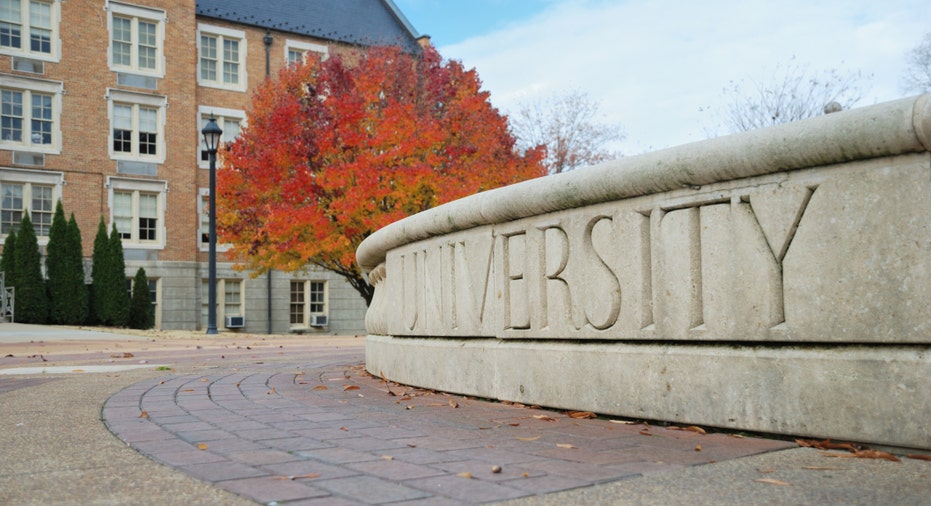What's the average debt of a graduate student in the US?

Knowing how much you’d have to borrow may impact whether you pursue a higher degree. (iStock)
Thinking about going to grad school? Before you start applying to colleges, you should get an idea of how much your graduate degree is going to cost—and how much money, if any, you’d need to borrow.
The typical graduate student spent, on average, $24,812 on school for the academic year 2016-2017, according to Sallie Mae’s How America Pays for Graduate School 2017 report. Which begs the question: How much debt does the average graduate student take on?
Though graduate school costs can vary widely depending on the field of study, the average graduate school loan debt is $84,300, Credible reported.
Moreover, graduate students’ average annual borrowing amount has nearly doubled over the past 30 years, according to a 2018 study from Washington, D.C.-based think tank Brookings Institution.
THESE COMPANIES OFFER STUDENT LOAN REPAYMENT BENEFITS
Of course, some graduate programs cost more than others and require students to borrow more money. For example, the average loan balances for those who completed medical doctorates in the 2015-2015 academic year was $124,700 to $246,000, according to the most recent National Postsecondary Student Aid Survey from the National Center for Education Statistics. Meanwhile, the average loan balances for master of business administration (MBA) grads was $66,300.
The silver lining? There are ways to limit how much money students have to borrow for grad school. The first thing to do is apply for free aid, such as scholarships, grants and fellowships using websites like CareerOneStop.org, CollegeScholarships.org, and Scholarships.com. Also, some prospective colleges (around 3,400) participate in the Federal Work-study Program, which provides education funding for students who work part-time jobs during school.
If borrowers are still short, they should weigh their loan options carefully. The 2019-2020 interest rate for a federal unsubsidized graduate loan is 6.08 percent, the Department of Education reported; rates from private lenders are often higher. Another reason to pursue federal loans first is that their interest rates are fixed. Private student loan lenders may offer fixed or variable interest rates, the latter of which could cause students to pay a lot more in interest.
Borrowers should pay particular attention to federal Direct PLUS Loans, especially if they’re planning to pursue a public service career. Under the Public Service Loan Forgiveness program, federal loan borrowers can have their remaining loan balance forgiven after making 120 qualifying loan payments by working for a qualified employer. The drawback, though, is PLUS loans are not subsidized, which means that interest would accrue while enrolled in school. Also, PLUS loans tend to carry higher interest rates and origination fees compared to other types of federal loans.
WHAT QUALIFIES YOU FOR STUDENT LOAN FORGIVENESS?
Another consideration: students certainly don’t want to borrow more money than they can afford to pay back after graduating. Therefore, it’s important to look at what to expect to earn after completing graduate school and compare that to how much loan payments would be. Many financial advisors recommend that no more than 15 percent of a professional’s earnings should go to student-loan payments.